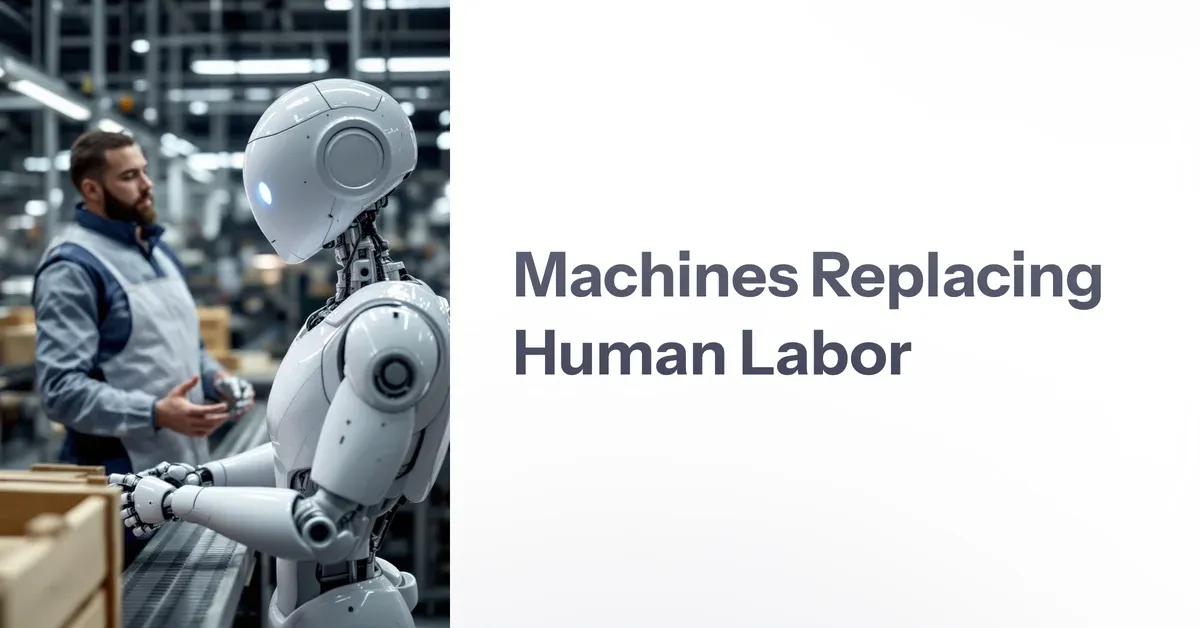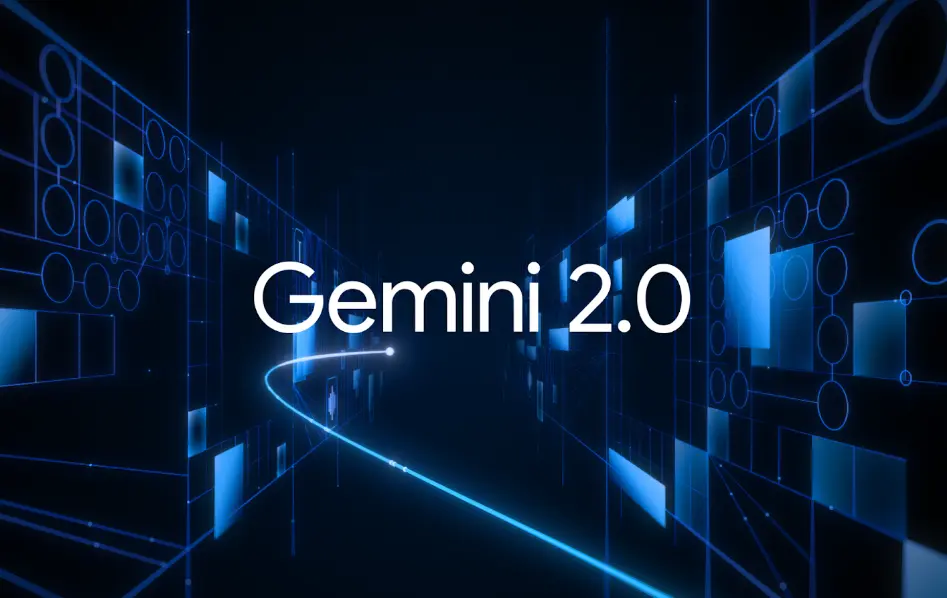Algorithms and Work Over Time
Algorithms automate decisions and work processes. Since the industrial revolution, AI has made work more precarious. Economists like Romer and Stiglitz highlight the "Turing trap."

An algorithm is a finite sequence of instructions that, when executed in a precise order, solve a problem or perform a task. Algorithms can be expressed in various ways: natural language, flowcharts, or computer code. Common examples of algorithms include cooking recipes and assembly instructions for furniture.
Algorithms have always represented a form of decision automation. They do not arise to replicate the biological intelligence of humans but as tools to systematize and reproduce human intelligence in work. Since the industrial era, production processes have been broken down into measurable elementary operations and transferred to machines in the form of algorithms or instructions. This logic is also present in artificial intelligence (AI) systems.
With the industrial revolution and automation, the introduction of mechanical looms and steam engines significantly increased production. However, the consequences for workers were often dramatic. In the early 19th century English textile industry, hundreds of thousands of skilled artisan weavers lost their jobs, replaced by fewer workers managing mechanical looms, earning lower wages and facing harsher working conditions.
In the textile and steel factories of Victorian England, twelve or fourteen-hour shifts were common, with a large workforce of women and children at low cost. The early decades of the industrial era saw an increase in exploitation. Only after hard union struggles were the first labor laws achieved in the UK, such as the Factories Act of 1833, which limited shifts to ten hours and banned child labor. The positive effects of increased productivity took generations to materialize. Average wages in England began to rise only after 1850, almost seventy years after the start of the industrial revolution. Henry Ford was forced to double wages in 1914 to compensate for the harsh factory discipline that led to high employee turnover rates. Technology did not humanize work; union pressure was necessary to achieve higher wages and the eight-hour workday in the 1920s and 1930s.
Today, AI is used to make work more fragmented, monitored, and precarious, continuing a historical trend. Nobel laureates like Paul Romer and Joseph Stiglitz agree with this analysis, citing the concept of the "Turing trap." This concept describes the tendency of companies to invest in AI that replicates and controls human labor rather than developing technologies to improve working conditions. The "Turing trap," coined by Erik Brynjolfsson, indicates that replacing humans with machines can generate immediate profits but leads to fewer jobs and stagnant demand, as impoverished workers consume less.




